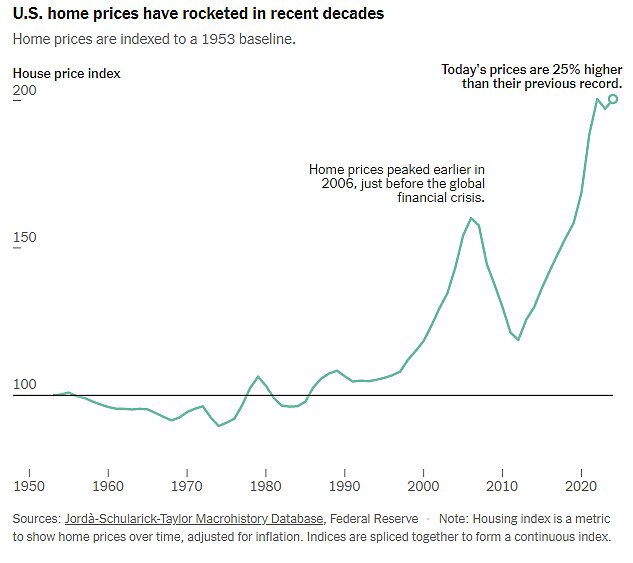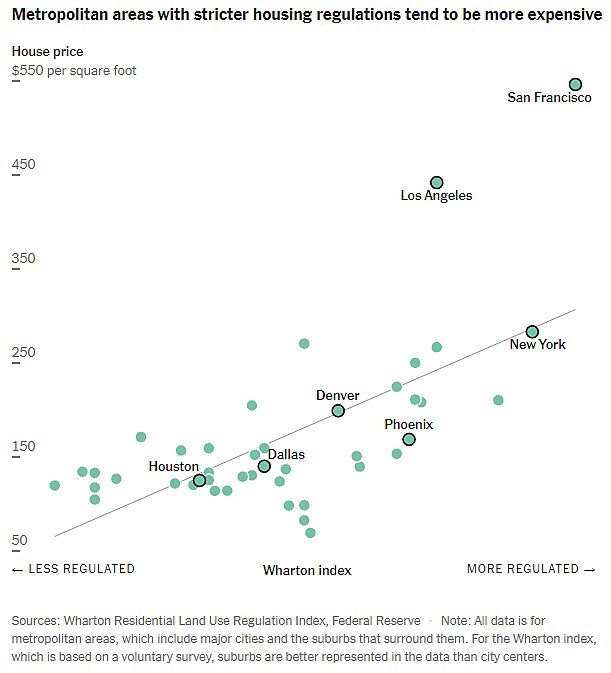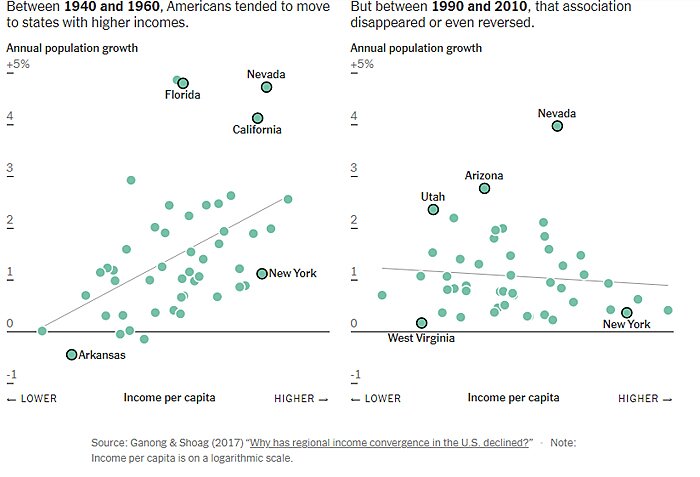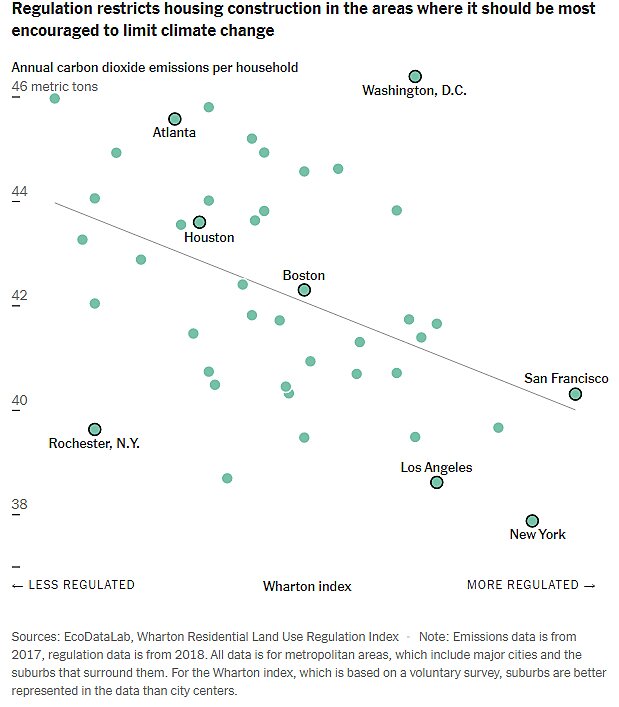Fertility
If American birth rates keep falling, the problem of low housing supply will ultimately take care of itself. But if we wish to avoid the many dangers of a society-wide population crash, deregulating housing as soon as possible could be part of a far-sighted response. Culture matters, too, but high housing costs often keep young adults living with their parents for many extra years, delaying both marriage and childbearing. The admittedly small number of studies on the link between YIMBY and babies support common sense: Less regulation lowers housing prices, and lower housing prices generally raise birth rates and hasten child-bearing.
Even sympathizers often believe that housing deregulation will never happen. They blame self-interested voting, arguing that because most Americans own homes, they will stonewall any policy to make homes cheaper.
Even sympathizers often believe that housing deregulation will never happen. They blame self-interested voting, arguing that because most Americans own homes, they will stonewall any policy to make homes cheaper.
But the naysayers’ confidence is misplaced. As a general rule, ideas, not self-interest, drive voting. Compared with Republicans, Democrats have long supported higher taxes on the rich and higher benefits for the poor. But rich Democrats and poor Republicans still abound. A national survey found that along with 42 percent of homeowners, 35 percent of renters favored a full-blown ban on new construction in their neighborhoods. This is unsurprising in light of other research finding that most Americans, whether owners or renters, don’t think that extra housing supply means lower prices. About 35 percent believe increased supply raises prices; another 25 percent believe no change in price would occur. The big barrier to deregulation is not homeowners’ selfishness but denial of Econ 101.
Neither Democrats nor Republicans have embraced housing deregulation yet. YIMBY activists lean left, but they are only one voice in the progressive coalition. Republican states usually have less housing regulation, but more from tradition than from principle. Yet, given housing deregulation’s many demonstrated benefits, this policy agenda deserves bipartisan support. Democrats should cheer the effects on equality, social mobility and the environment. Republicans should be delighted to see free markets spreading broad prosperity, creating new working-class opportunities and fostering family formation. In a rational world, the panacea policy of housing deregulation would be a done deal. Hopefully whoever wins the next election will agree.






